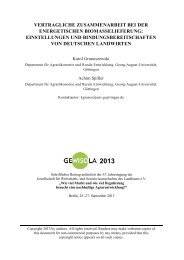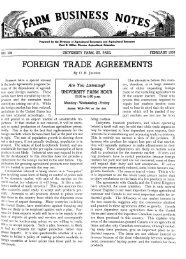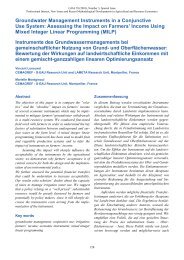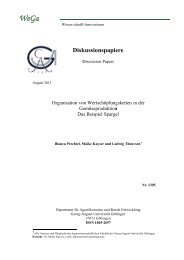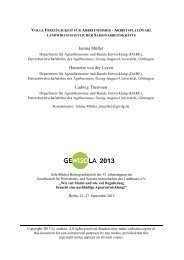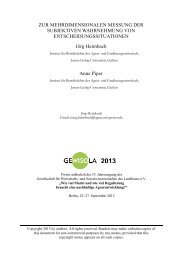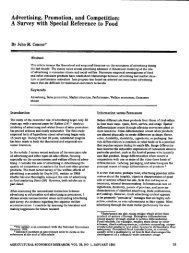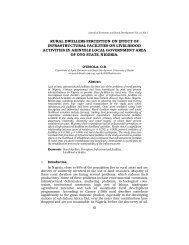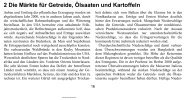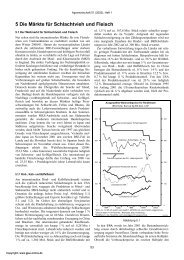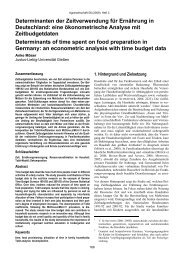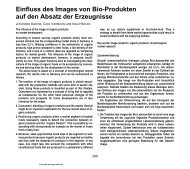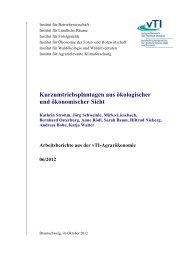District Institutes of Education and Training - Teacher Education
District Institutes of Education and Training - Teacher Education
District Institutes of Education and Training - Teacher Education
Create successful ePaper yourself
Turn your PDF publications into a flip-book with our unique Google optimized e-Paper software.
<strong>District</strong> <strong>Institutes</strong> <strong>of</strong> <strong>Education</strong> <strong>and</strong> <strong>Training</strong>: A Comparative Study in Three Indian States<br />
flowers <strong>and</strong> leaves, or the sets for reading development. By using games,<br />
recognition <strong>of</strong> letters is solid – after that children can read <strong>and</strong> do writing<br />
properly. If children are asked to write repeatedly, they can write properly.<br />
Repetition <strong>of</strong> curves like horizontal, vertical, slanted, half circle. When children<br />
write k in a mirror image, if you make columns in their note books, <strong>and</strong> make<br />
them write, they start writing properly.<br />
Here too the same approach is reflected, <strong>and</strong> the discussion <strong>of</strong> the letter k at<br />
this point early on in the school year an indication <strong>of</strong> the alphabet first approach.<br />
Some teachers recorded in more detail, which gave an insight into classroom<br />
processes:<br />
8.10.99 after recess, made children speak simple letters <strong>and</strong> letters with kana (a)<br />
as I wrote on bbd. Then told children to identify the letters written on bbd.<br />
K ka<br />
Ch cha<br />
T ta<br />
I observed that 10 children <strong>of</strong> the class recognised the kana but they speak<br />
wrong. For example, for ka ne kano ka they say ch ne chano cha <strong>and</strong> ta ne tano<br />
ta. Explained to these children with clear pronunciation by making them sit in<br />
the separate group. Simultaneously also made use <strong>of</strong> toys.<br />
During this period, gave kana cards to the bright children <strong>of</strong> the class. They<br />
read them <strong>and</strong> simultaneously write the words 5 times.<br />
Average learners just read alphabets with kakka. For them I used alphabet<br />
toys. Then individually made them read words written on bbd. Like kaan,<br />
naak, haath, vaad, chhar, aanth, baar, laav, khaav, taav, bhaathm shaak, gaay,<br />
gaam, bhai. Then told children to speak <strong>and</strong> write. Made children write each<br />
word 5 times. Average children wrote each word 5 times. Then made the<br />
12 bright children sit with each child <strong>and</strong> bright children made each average<br />
child read.<br />
Slow learners <strong>of</strong> the class will see the pictures drawn in the class <strong>and</strong> will write<br />
letters. Lastly gave them clear underst<strong>and</strong>ing <strong>of</strong> letters.<br />
Lastly at 5 o’ clock, I sit with children on the floor <strong>and</strong> listened their talks.<br />
Asked reasons <strong>of</strong> not doing homework to those children those who don’t bring<br />
homework. Lastly, made them sing a song about good children. Told them to<br />
do their homework after washing their h<strong>and</strong>s <strong>and</strong> feet <strong>and</strong> taking some snacks.<br />
Then did a small prayer <strong>and</strong> dispersed.<br />
Project workshops usually followed a format <strong>of</strong> introduction by a member <strong>of</strong> the<br />
project team, then work on diaries in small groups (5-6) to engage teachers in<br />
discussion about practice, followed by a tea break during which discussions <strong>of</strong>ten<br />
continued, <strong>and</strong> a plenary session.<br />
DFID 157



